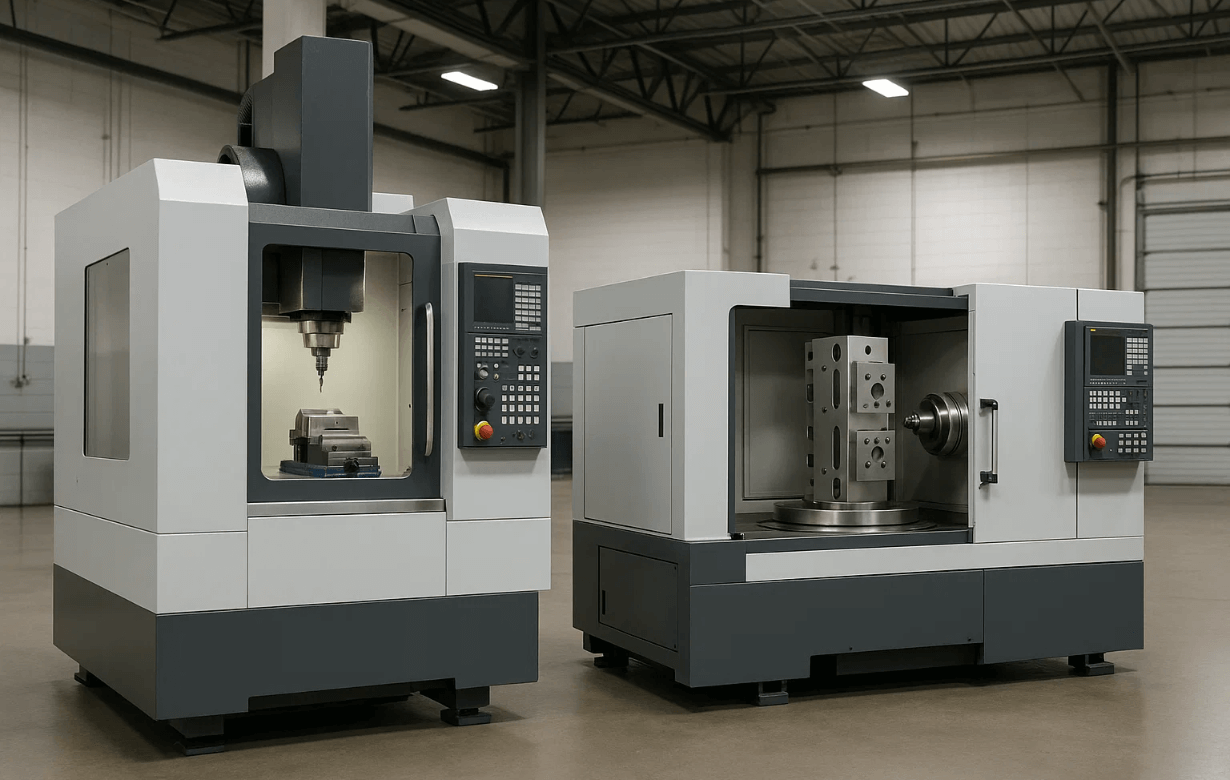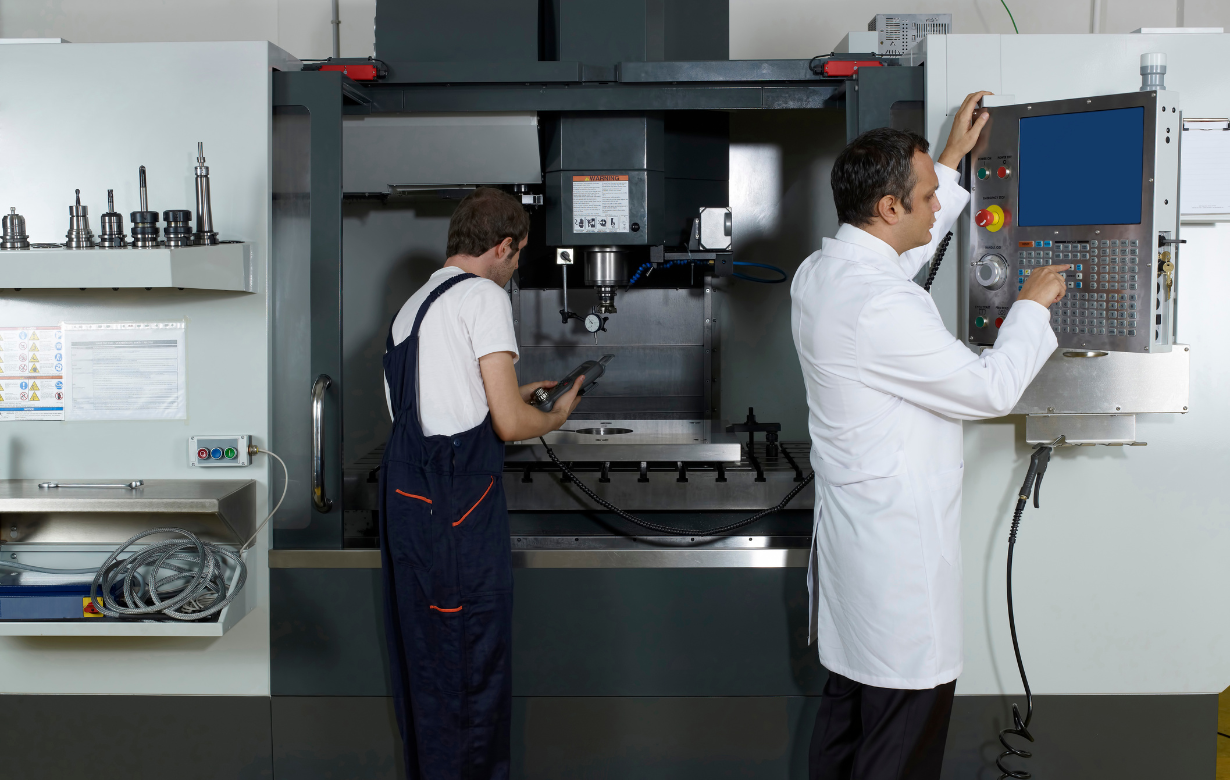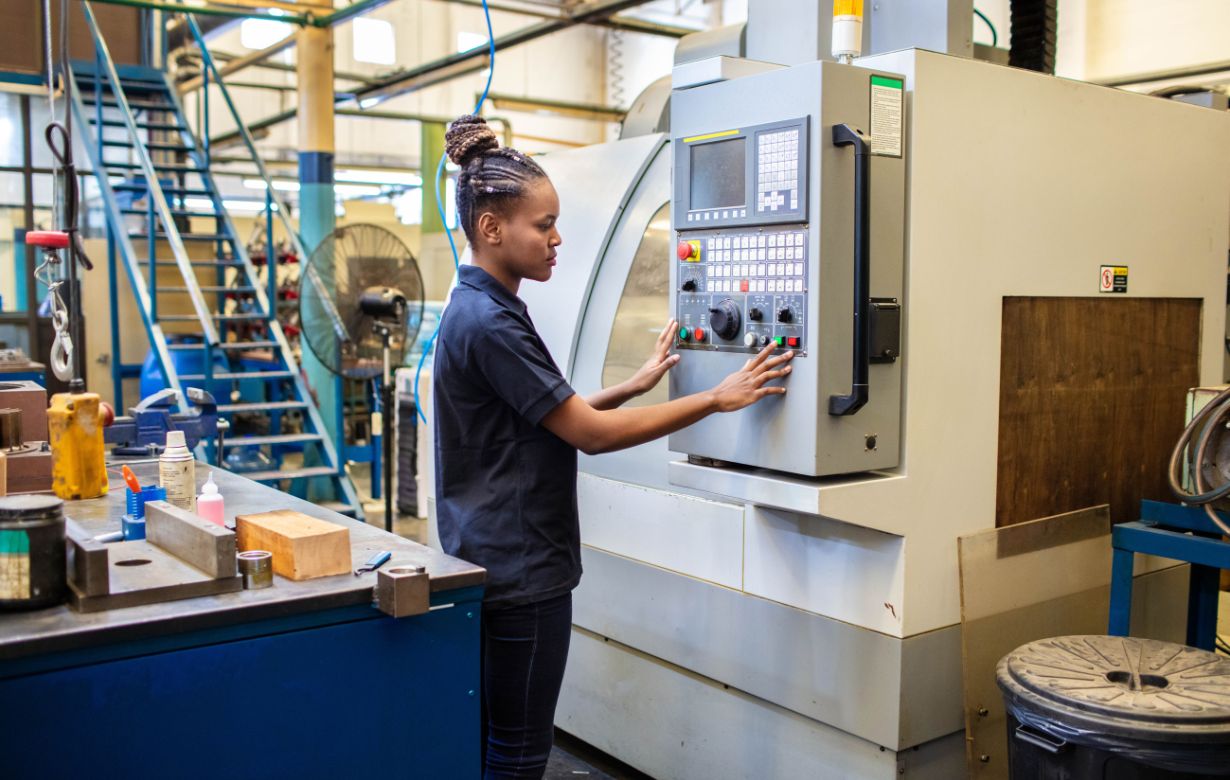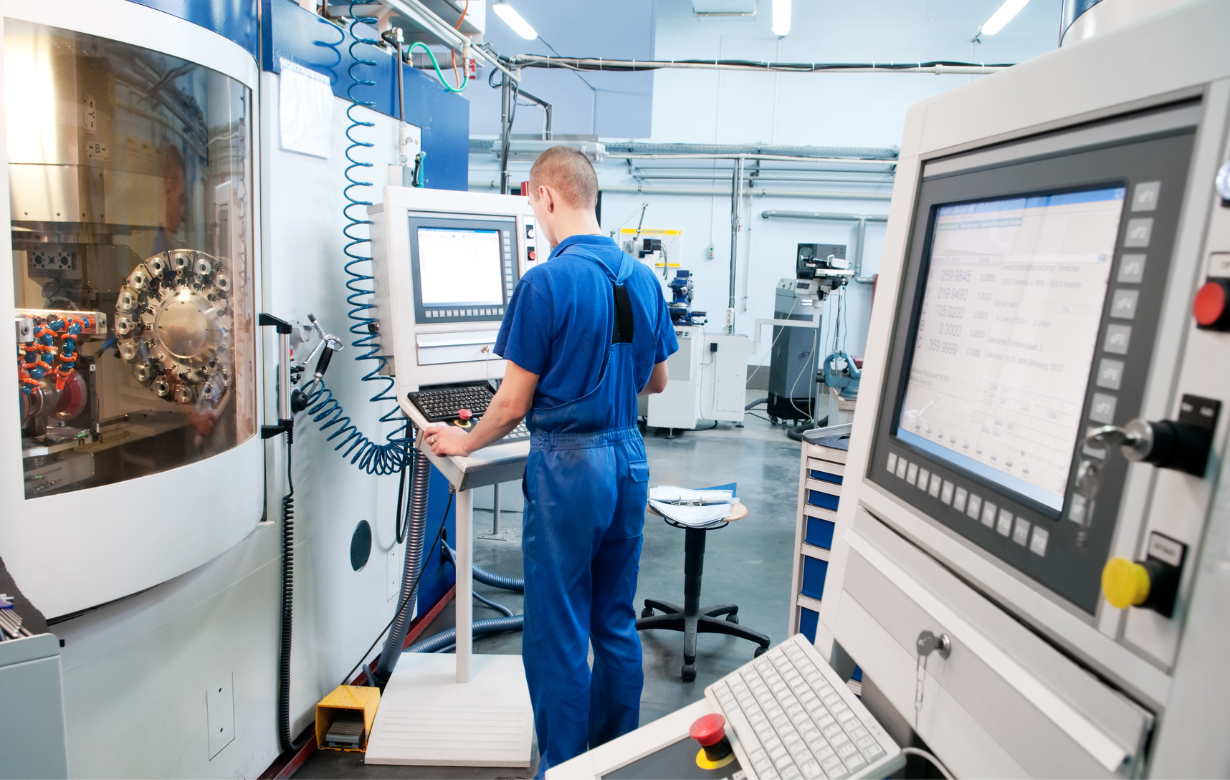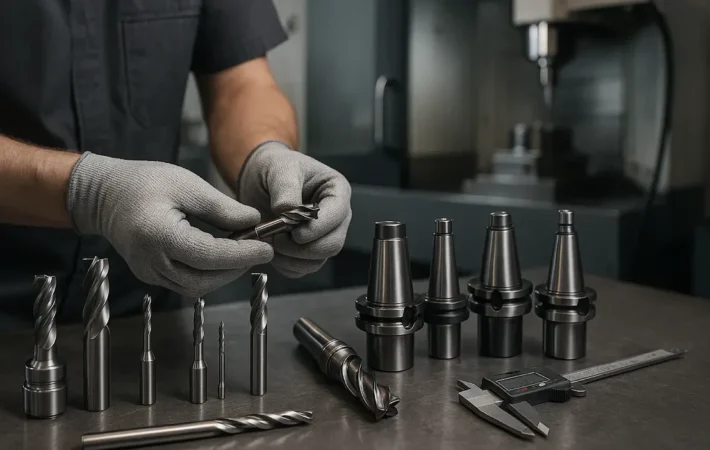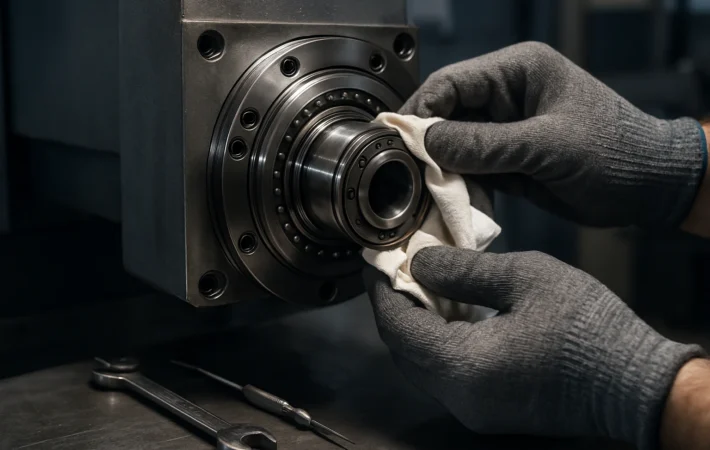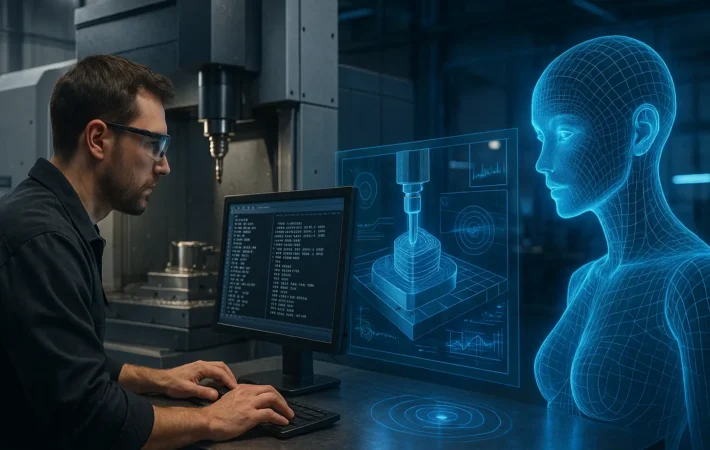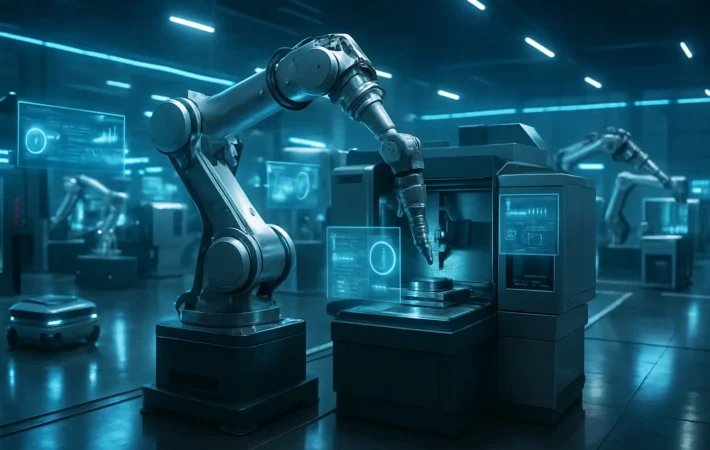CNC Vertical Vs Horizontal Machining Center
The world of CNC machines consists of various types of machines with distinct specifications, serving different industries. Two such dominating names in the types of CNC machines are vertical machining centers and horizontal machining centers. Although both machines are designed for the same type of machining work, their different operational styles attract different user bases. Both of them have their advantages and disadvantages, so whenever one needs to decide what they want to buy, they need to do deep research about both of these machining centers. So, if you are also trying to do the same thing, then don’t worry because we’ve got you covered. Let’s dive deep into finding out the key differences between the CNC vertical machining centers and the CNC horizontal machining centers.
